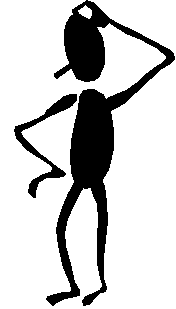A Sequential Approach
real-world contexts for in-depth investigations of a subject matter.
PBL activities start with an ill-structured problem that
serves as a springboard to team engagement.
(Source: www.cotf.edu/ete)
Students read a situation statement
the situation statement:
•is ideally ill-structured
•creates a scenario
•generates relevance
Students must then identify "What do we Know?"
and then perform an Earth Systems Analysis
Step 4: Form a Team:
Students Compare Notes
List “unknowns” at this stage, that is: “What do we need to know”
These questions will drive the students research - encourage students to generate a list and to be willing to update their list as needed.

I like to emphasize the following components:
•Generating an effective question list, "game plan" to begin their research and Problem Statement. I do not allow students to move on in the PBL process until these components are "in place."
•Preparing a written report that identifies the problem, includes data (can take the form of charts, graphs, tables, etc.) which is then analyzed by the students thoroughly enough so that meaningful conclusions can be drawn.
•Preparing an oral/visual presentation that can/should utilize charts/graphs/quicktime movies, etc... that present their findings. Students are encouraged to use powerpoint, or to create a website in this effort.
•Be prepared for an Oral Defense where all students must exhibit their knowledge as a component of earninng their grade.
•Thorough reporting of ALL sources, including correctly citing websites. (See my home page for a link to citiing web resources.
This stage of the investigation allows student teams to plan out their investigation, encourage them to:
•Identify potential resources (internet, experts, library,etc…)
•Establish individual responsibilities
All of the above leads students to develop a...

Student behaviors:
- Conduct Research
- Search for data
- Analyze Data
- Teachers facilitate
Provide web linksReview student work as it progresses

